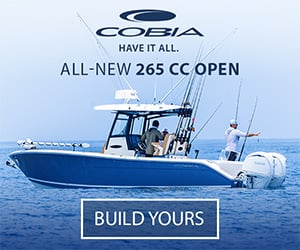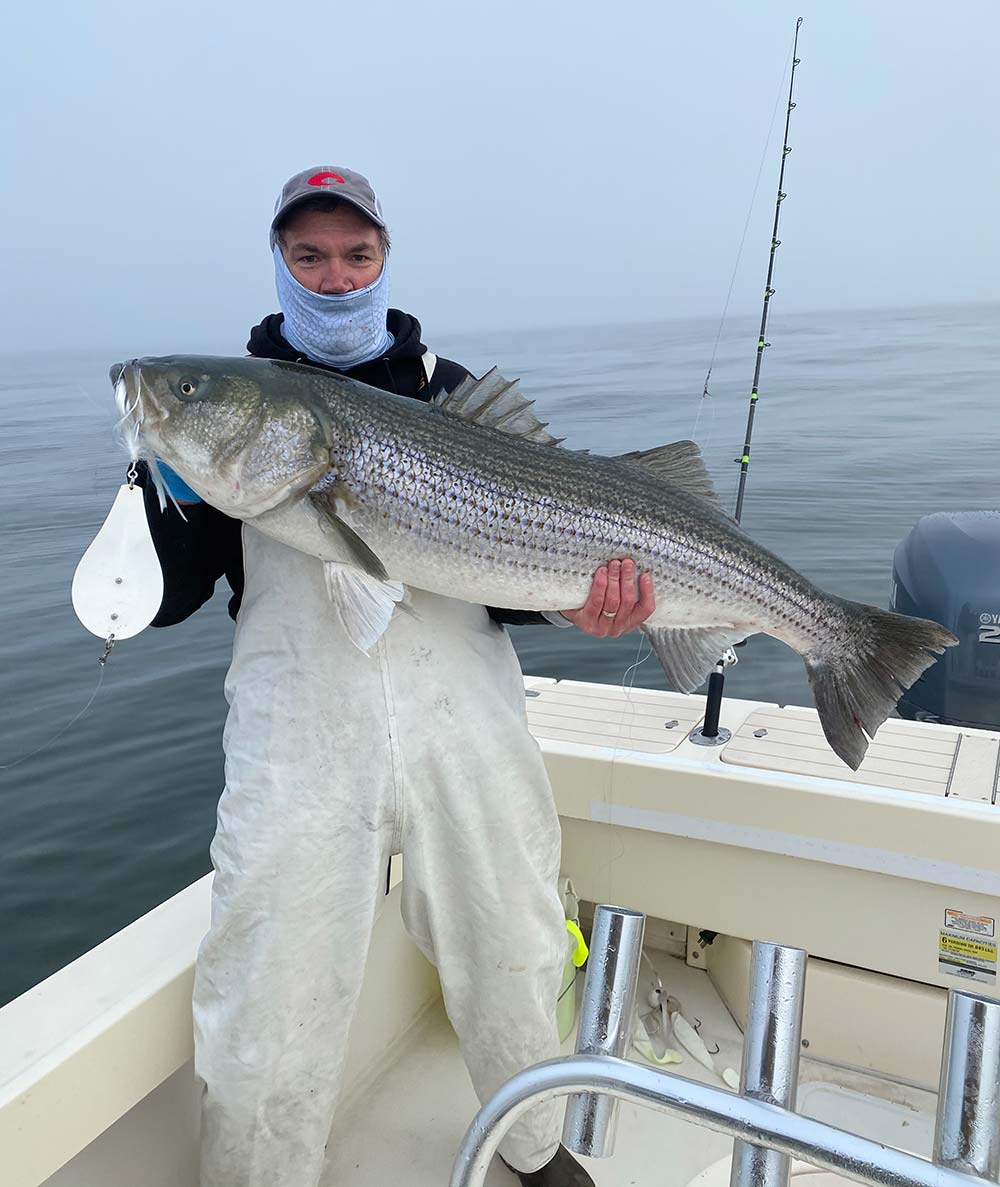
Anglers in Atlantic and Cape May counties wait with baited breath and hooks.
As November striped bass fishing begins for anglers in South Jersey, one certainty exists regarding how the fishery unfolds; the certainty is that there are no certainties.
Once upon a time not too long ago, one could depend upon October and November for robust fishing from Little Egg Inlet to Cape May. But factors, many of which are out of human control, have made it so fishing requires flexibility and adaptability. Changes in bait migrations, a warmer ocean, weather events and striper stock fluctuations make for a dynamic situation that keeps fishermen on their toes if they wish to have more successful outings.
Moreover, there are a variety of places a South Jersey angler can hunt stripers and each ecosystem operates uniquely, on its own time table and requires different angling strategies.
Outback Bass
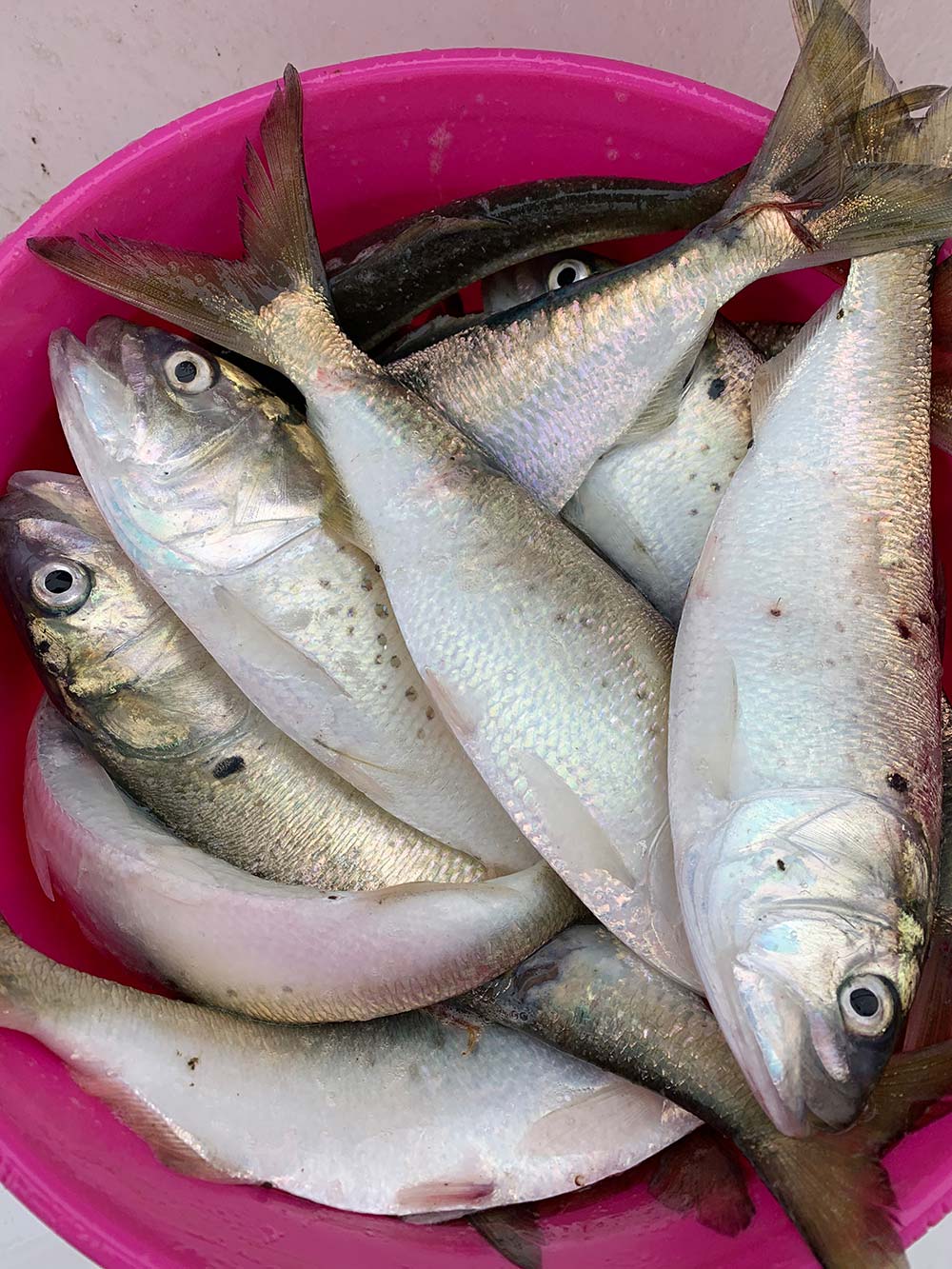
The back bays of South Jersey are perhaps the region’s finest feature. Thousands of acres containing marsh meadows, flats, creeks and channels are available to fish! The last two years saw a spike in young fish that range in age from 1 to 3 years old. The massive numbers of schoolies entering the fishery are a positive sign for the future, and fishermen are fortunate that they are ready to oblige their offerings.
Live bait such a spots, mullet, eels or peanut bunker are very effective when drifted on a bare-hook rig that isn’t much different than a three-way fluke set-up. Fishing back bay rips is an effective strategy that necessitates captains to drift over a depth change that can be seen not only on the sounder, but also on the surface as evidenced by the turbulent water. Fishermen are best to do multiple drifts across a given rip, and in addition, try each rip at varying tide stages.
Live offerings also work well drifted on uneven and bumpy bottom in the bays. Mud clusters and shell beds make for a “grabby” bottom that the sinker sticks to, but also holds fish. The edges of channels and throughways often possess this type of topography. Points where different bodies of water meet similarly contain rough bottom that favors bass.
For many striper enthusiasts, skinny water joy comes from casting artificial lures for fish. Again, each spot holds bass at different stages of the tide and under optimal conditions. For example, clean and clear water that holds forage such as mullet, peanuts or spearing sets the table for feeding stripers within any type of skinny water scenario.
Sod banks have bass cruising on the feed. Topwater lures twitched and chugged in their vicinity will draw strikes if fish are present. The key is keeping the vessel, whether it be a boat or kayak, away from the area where the fish are. Captains should cast toward the sod bank from “offshore” of the edge. If it’s a deep sod where a substantial depth drop takes place within feet of the bank, then the strike zone is often within 10 feet of the bank. Skilled casting makes for better success and less wasted time. What’s more, anglers should not abandon their fishing technique as the bait nears the boat because bass will follow the lure all the way to the boat before striking. I have a lot of success with the Storm Rattlin’ Chug Bug and Berkley Cane Walker amongst the many options on the market.
Fishing sods where the depth is only a few feet within adjacent to the bank is best accomplished at dawn and dusk when boat traffic is minimal since stirred water can hurt the fishing. Topwater fishing can really sparkle where sods have flats located adjacent to their confines. Furthermore, creek mouths located in the area or fished independently have the properties to flush out bait and draw in feeding striped bass. Sod banks, flats and creek mouths all within a cast’s reach create a “triple threat” that is bound have excellent fishing!
Chunking clam or bunker while at anchor has waned in its use recent years. Not long ago, it was explosive in the Delaware Bay for monster stripers and quite effective in back bays at taking fish to 40 or so inches. Fewer fishermen are engaging in the tactic so less fish are being reported caught this way, but this strategy will catch if bass are present.
Inlet Ambush
Stripers entering or leaving the estuary have no choice but to do so by swimming through the funnel. Since inlets also host forage species that are likewise passing through, bass tend to use the waterway as a feeding zone. What makes inlets even more interesting is that despite holding a plethora of school-sized specimens, they draw in a smattering of big female bass that may range in the 30- to 50-pound class. For land-based angler and captains that aren’t willing to fish the ocean, this is indeed exciting.
Some of the inlets in the southern part of the state contain structure. For example, bridges are phenomenal places to target striped bass. Those that have concrete pillars are almost locks for having bass swimming at their base and mid-column. Icebreakers, which are the wooden planks intended to protect the bridge, also are likely to attract bass. Bridge pilings serve as a current break for striped bass, while providing a smorgasbord of baitfish in their confines. Baitfish by the thousands will hang down stream of any current break. At night, bridges with lights on the water often reveal bass feeding on the small baits. Small plastics like the Berkley Powerbait ripple shad or new Gulp Paddle Shad may perform well for you when cast high up in the lights or shadows. Conversely, live spots or eels coax strikes on the bottom. Skippers drifting their live baits around each section of the bridge are apt to score.
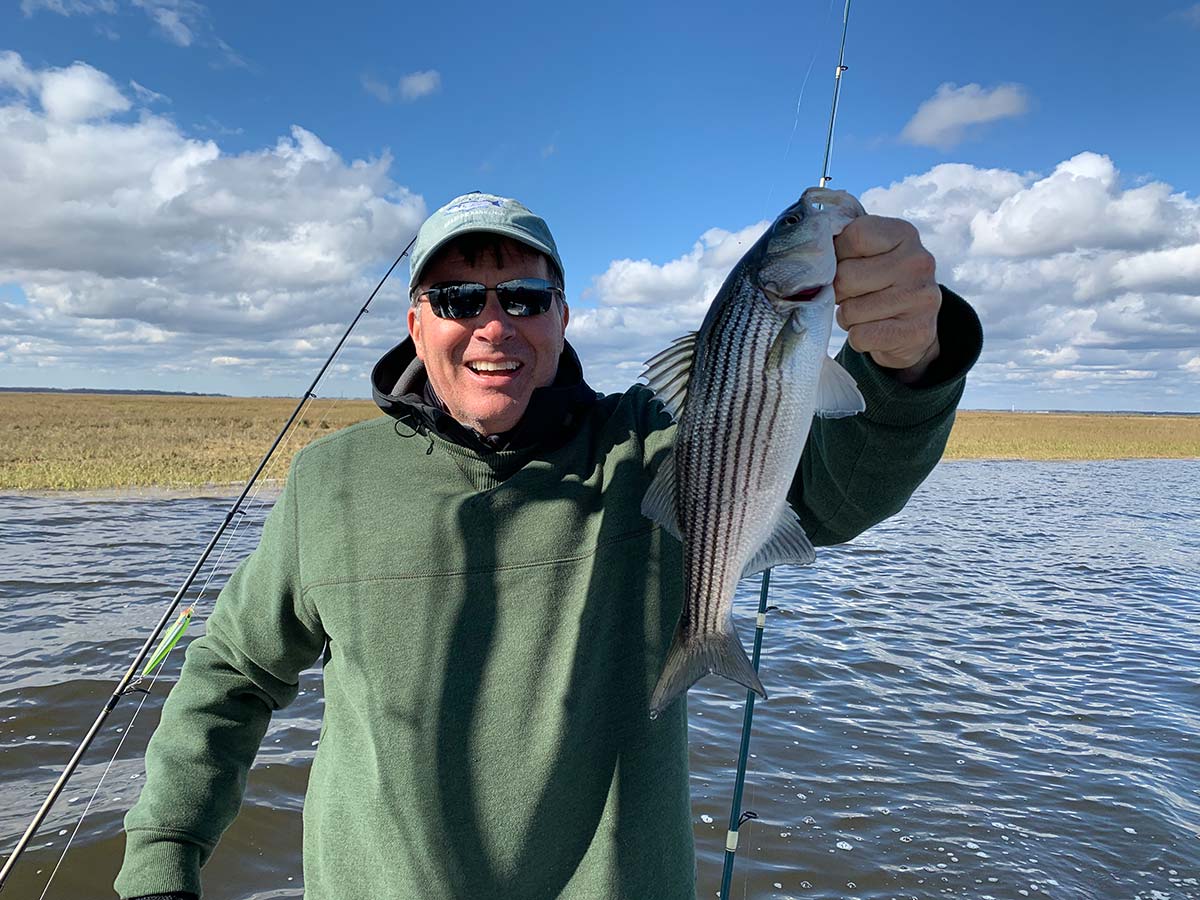
Land-based fishermen are ubiquitous on the perimeter of each inlet during the November striped bass run. Some inlets house jetties, which in themselves act as fish attractors. The giant boulders function as current breaks and baitfish magnets. Here anglers toss topwater baits and subsurface plastics in addition to the natural stuff. Sometimes a day’s catch will consist of a single large cow, while other outings it’s a numbers game and fishermen are blessed with the fun of numerous releases of smaller fish.
Whether on a rocky perch or the soft sand, a bunker chunk on a 10/0 circle hook puts anglers in the game for any size fish. Casters are best to refresh their bait when they see it becomes washed out. I’m fussy about bait and tend to replace every 15 minutes or so in order to maintain a superior scent trail. Another reason to reel in a bunker chunk is to check for seaweed. The biggest negative to back bay and inlet fishing is the presence of several types of seaweed. It can load up on the bait and sinker by the pound making for lots of work; however, fishermen must keep the bait clean.
The Eastern Front
Atlantic and Cape May county beaches are strewn with men, women and children armed with surf tackle in November. The sand spikes and beach buggies will be out in full force and the only question is whether the prayers to the Fish Gods will be answered in the form of striped bass schools migrating close to the suds. Finding sloughs, troughs, gullies and grooves located amongst the abundant sandbars is key to catching.
Plugs work many days, but bunker heads and clam bellies tethered to a naked hooked on a 60-pound monofilament leader produce more consistent action, especially if the water is stirred up. Suspended sediment seems to be more prevalent in the shallow waters in this region. Striped bass have keen olfactory senses that allow them to find the stink of a bunker chunk or clam even when the water looks murky.
Wherever you find beaches containing ocean jetties or groins, these are hot spots worth attention. Not only do they assist fishermen in getting past the first set of breakers, they aid in the trapping of adult bunker, peanut menhaden and mullet. Huge cows will readily take advantage of pinned in bait.
The beaches in the south have a more gradual taper than those in the central and north coast which is only one contributor to fish passing by further offshore. And what does that mean exactly – further offshore? That could be a few hundred yards off the beach, a few miles or (gulp) perhaps even 10 miles. Let’s hope not as some guys want to harvest one for dinner while many of us love to catch and release. Yet those first couple weeks of November for anglers in Atlantic and Cape May counties have proven to be a wild card in recent years.
There are always early arrivals, but when will the big schools of mixed-size fish show up? The third and fourth weeks of the month should see some fish from Atlantic City to Long Beach Island, but it’s no guarantee because the migration can stall at any point – or it can show early (thinking positive here in the south). Skippers that fish out of ports to the south often find themselves running and gunning up the coast when seas are calm in order to find the lead edge of the ocean migrants. Long story made short: It’s inexact when the big stocks of bass invade South Jersey waters so anglers are wise to be ready.
On The Move
Trolling has been the most reliable way to produce fish ranging from runts to cows. Playing the percentages, captains that have their choice gear in the water as the sun is breaking the horizon have the best chance at scoring before fish push out past the three-mile line. There are days that fish remain close to the beach, but far too many outings see the birds, bait and bass exit nearshore waters very early making a dawn run essential.
Anglers dragging their trusty mojos or umbrella rigs at different depths in the water column are likely to succeed as the tactic is deadly-successful. Several heavy mojos down near the bottom with other tandems running mid column create a spread that is hard to beat. Bluewater Candy Lures out of North Carolina has been making effective mojos for over twenty years that can be depended upon for proven results. Productive local options are made by Sterling Tackle and Tony Maja Products for those looking to buy from New Jersey fishing companies. Speaking of which, try adding a couple Maja #4 spoons to any mojo spread really creates a delectable spread of lures for bass to choose from. Fishermen can troll with confidence knowing they have all the right gear deployed.
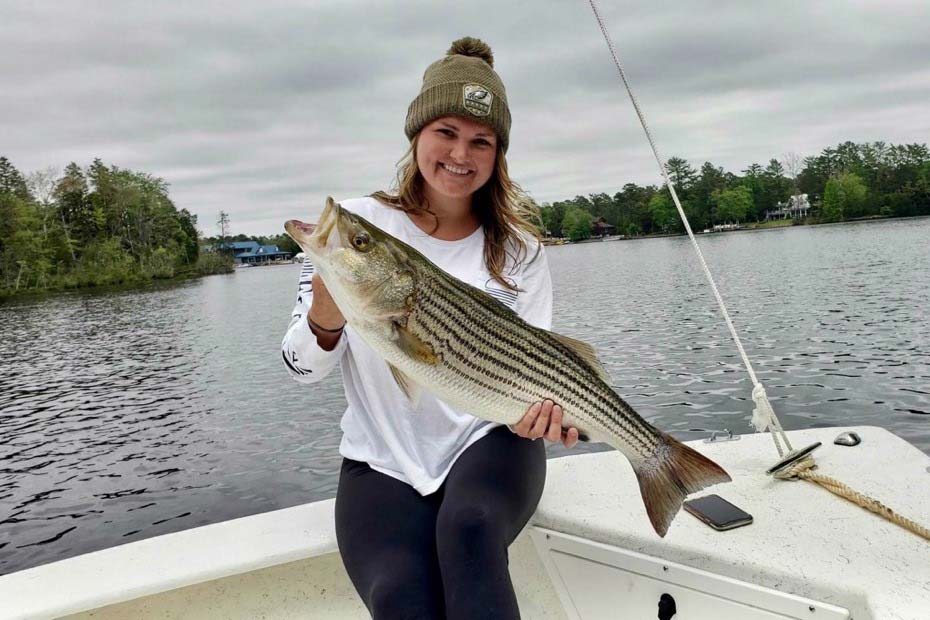
It’s prudent for anglers to obtain a full live well of menhaden if livelining opportunities present themselves. Often, when trolling 2 to 3 miles off the beach, striped bass marks will become evident on the sounder. When this happens, come off the troll and drop live baits on their marks. When the marks dry up, fishermen should bring in the lines and repeat the process of searching for more clusters of marks.
When stripers erupt on the surface, there’s nothing quite as effective as tossing Tsunami swim shads that are the size of adult bunker. The large paddle tails tossed into the melee will produce fish that bite and fish that follow. Offshore eruptions are also an opportunity for fisherman to break out oversized poppers that imitate bunker or herring. Cotton Cordell and Guide’s Secret pencil poppers are stalwart choices. When the action begins to drop out, skippers that go back on the troll will pick off a few more fish before everything completely breaks up and the bite dies.
South Jersey anglers that have been waiting their turn in line are about to get their ride on the striped bass, migration train. Where, how and the strategy each fisherman chooses is up to them, but rest assured, those choices will be there in November.




